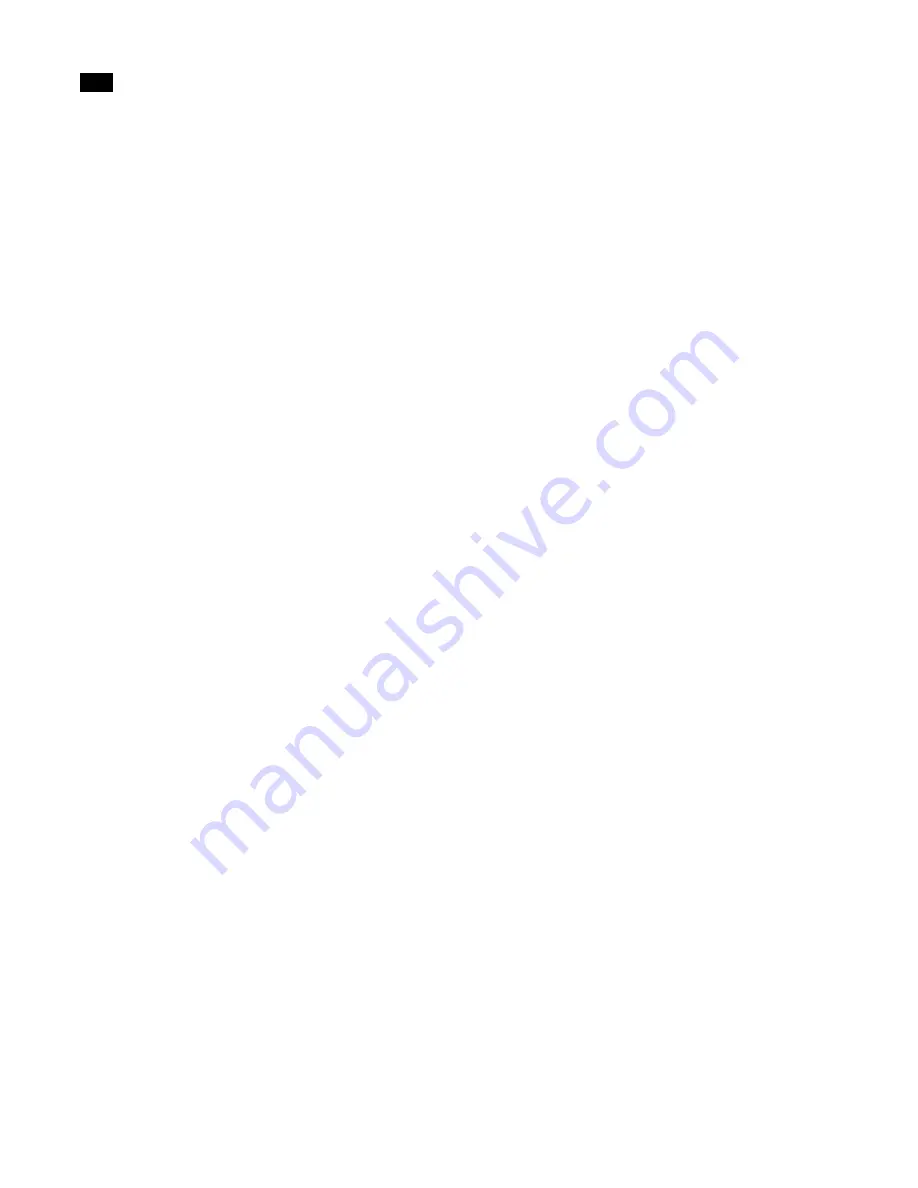
Mesh to Texture
13
204
Lightscape
•
Integration
—If the source model is heavily tex-
tured, you can add or incorporate radiosity lighting
into the existing texture maps. When the source
model is re-opened, the texture maps will contain
additional lighting information from the radiosity
solution.
•
Multi-texturing
—You can also create illumination
maps that are separate from textures. These maps are
useful for applications that support blended multiple
textures for a surface.
Lightscape also provides a batch processing utility,
lsm2t
, that you can use to perform the Mesh to
Texture conversion. For more information, see
Appendix B, “Batch Processing Utilities.”
Using Mesh to Texture
Use the Mesh to Texture wizard to choose appro-
priate settings and launch the Mesh to Texture
process. Mesh to Texture settings are preserved from
one session to the next as long as you do not exit
Lightscape. Once you exit Lightscape, the wizard
settings return to the default settings.
Note:
You can click the Back button in the Mesh to
Texture wizard to move to previous pages, and
adjust the settings, if necessary.
Note:
Before performing a Mesh to Texture
conversion, you should create a backup of the orig-
inal model. Once the radiosity mesh is converted
into a texture map, you cannot update or change
the lighting and material properties of the model.
To convert radiosity meshes to textures:
1.
Choose Tools | Mesh To Texture.
The Mesh to Texture wizard appears.
2.
Select a conversion method, then click Next.
3.
If required, select the projected geometry from
the model, then click Next.
4.
Select the target geometry from the model, then
click Next.
5.
If you selected the “Project all selected geometry
into one texture” conversion method, select a pro-
jection method, then click Next.
6.
If you selected the “Convert each surface to a tex-
ture per surface” or “Relight existing textures” con-
version method, decide whether to use existing
texture filenames, then click Next.
7.
Set the texture output options, then click Next.
Note:
You can also click Finish to accept the
default settings for the remaining pages of the
wizard (the Rendering Options and Replace/Delete
pages) and launch the Mesh to Texture process.
8.
Set the rendering options, then click Next.
Note:
You can also click Finish to accept the
default settings for the remaining page of the
wizard (the Replace/Delete page) and launch the
Mesh to Texture process.
9.
Set the Replace/Delete options, then click Finish
to launch the Mesh to Texture process.
Select Method for Conversion
There are three methods for converting selected
geometry to textures:
•
Texture per Surface
•
Relight Textures
Summary of Contents for LIGHTSCAPE
Page 1: ...SULO 4 31 93 36034333308355 LJKWVFDSH...
Page 18: ...NOTES 10...
Page 110: ...NOTES 102...
Page 136: ...NOTES 128...
Page 166: ...NOTES 158...
Page 176: ...NOTES 168...
Page 202: ...NOTES 194...
Page 210: ...NOTES 202...
Page 248: ...NOTES 240...
Page 294: ...NOTES 286...
Page 308: ...NOTES 300...
Page 316: ...NOTES 308...
Page 324: ...NOTES 316...
Page 342: ...Glossary 334 Lightscape...
Page 360: ...Index ix 352 Lightscape...
Page 362: ......






























